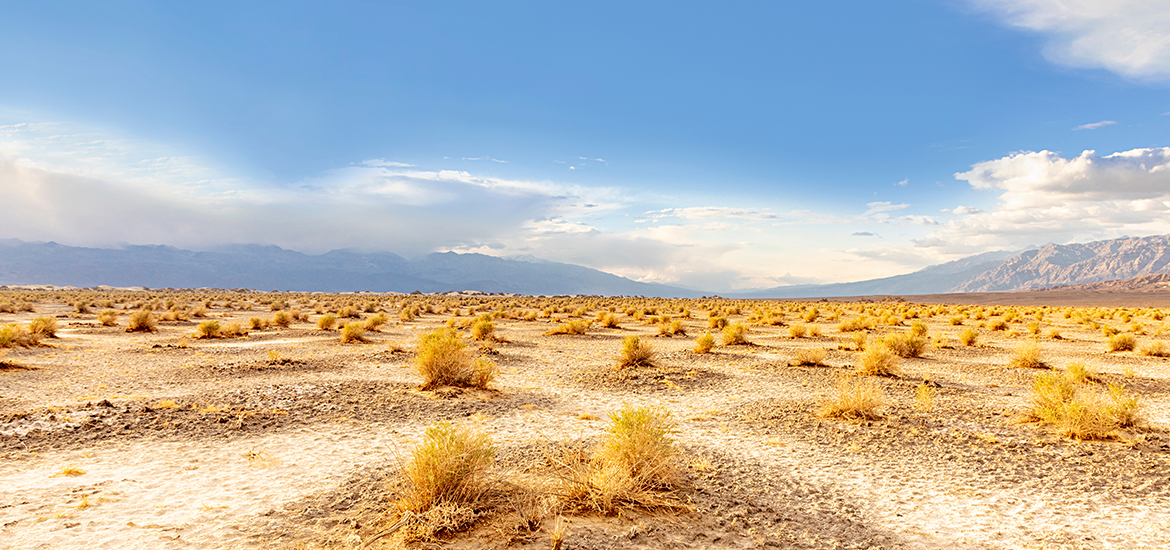A Norwegian start-up has set itself the task of creating farmland from the expanses of the Sahara. Already in the 1960s the construction of the Aswan Dam was a step into modern times for Egypt and the surrounding area. The planners already knew at that time that agriculture was dependent on the floods of the Nile. What was not taken into consideration, however, was that the floods not only led to water but also to fertile mud. The dam held this back and after about ten years the fields were exhausted. These findings led scientists to take a closer look at the Nile valley. It turned out that the Nile mud contained nutrients, minerals and finely grated clay particles.
According to Siversten, the managing director of the Norwegian start-up, this indicates that poor soils cannot store moisture and therefore no plants can thrive. Clay has been used for thousands of years to improve soils, but when mixed in by digging, it also damages the underground ecosystem of the symbiotic relationship between plants and fungi. In dry areas it takes a long time for this system to recover from such an intervention. It is important that the tiny clay particles can seep into the soil, but do not run off immediately. They have to accumulate exactly the fertile layer of 10 to 20 centimetres below the surface.
The start-up has developed a method which helps to make the soil more fertile by “spraying” these clay particles onto the stand. With the right dosage and consistency, there are more opportunities for the residents to use the floor. If you would like to know more about us and our blog, please read the other articles or visit our website. At Pluspunkt Energie, we want to make the world a little bit better in order to secure the future today.










Leave A Comment
You must be logged in to post a comment.